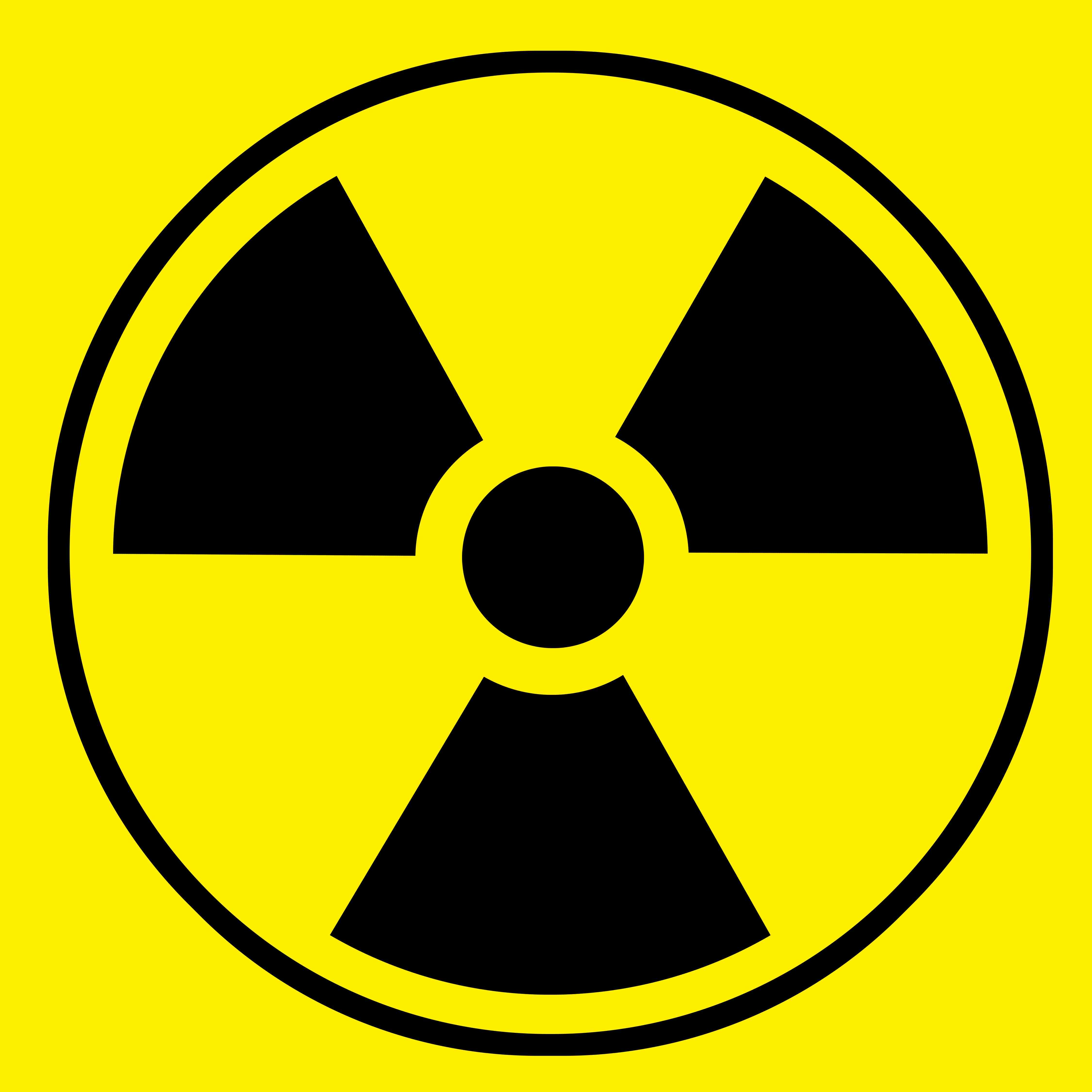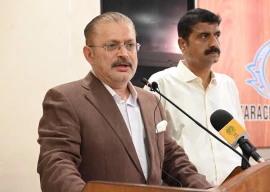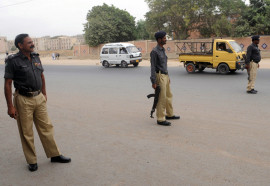
To address concerns about the China-made nuclear reactors for K-2 and K-3, the Pakistan Atomic Energy Commission (PAEC) held a media workshop on Nuclear Power on Saturday and afterwards arranged a visit for the participants to the construction site and Kanupp plant near Paradise Point beach.

Talking about the evacuation of Karachi in case of a nuclear disaster, PAEC chairperson Dr Ansar Pervaiz called them fabricated stories.
He said the PAEC is expanding its activities and installing large nuclear power plants to meet the energy requirements of the country. “This plant is cheap, reliable and can remain unaffected in every season,” he said, highlighting the success of the running 137-megawatt Kanupp. He also cited the examples of the PAEC nuclear power plants at Chashma, C-1 and C-2, financed by China, which are running since 2000 and 2011 respectively.
About the location of K-2 and K-3, the PAEC chairperson said the site was chosen because it did not lie on the seismic fault lines and is away from the populated areas. He also cited the example of America’s Indian Point Energy Centre located outside New York.
Pervaiz called renewable energy sources as “appetisers” which can be useful but cannot be totally relied on. He said that 80 per cent of the energy used in Europe and America is still generated from nuclear power plants.
A faculty member of the Pakistan Institute of Engineering and Applied Sciences (PIEAS), Dr Ahmad Talat Fatimi, in his presentation on living with radiation chalked out the difference between the facts and myths of radiation. “The fear of radiation is worse than radiation itself.”
He said that the radiation dose which the public is annually exposed to from nuclear power plants is less than that what they get from natural sources of radiations. “The radiation dose a man receives during one flight from Islamabad to New York is greater than two years of radiation dose by living near a nuclear reactor.”
In the 2011 Fukushima Daiichi nuclear accident, he said, not a single death was reported and the World Health Organisation stated that the chances of cancer spreading in the area were negligible. He said that the Chernobyl nuclear power plant reactor is no comparison to the reactors of Kanupp and K-2 and K-3 because they are differently designed. The latter are safer than the former.
Khawaja Ghulam Qasim, a senior manager at the Health Physics Division of the PAEC, said, “For the past 40 years, the KANUPP is running but it has never emitted any radiation so far.”
He said that no accident has ever occurred in the plant in its history. PAEC director engineering Dr Khawar Naveed said that ‘ACP1000’ - a ‘Pressurised Water Reactor’- will be used for the K-2 and K-3, which is a third generation nuclear power reactor. “These are double containment reactors with resistance to external attacks,” he said, adding that the reactor’s self-safety system eliminates chances of release of any fission particles. “The reactor works in a close cycle system. The water which cools the pressure vessel remains in the plant and seawater is only used to cool the water used in the plant. They never get mixed so there are no chances of contaminated water going into the sea.”
PAEC Applied System Analysis Division director Ghulam Rasul Athar said they are producing the cheapest electricity in the country after hydro power at Rs7 kilowatt per hour and their three operational plants are generating five per cent of the total electricity generated in the country. “We are planning to generate 8800-megawatt nuclear energy by 2030,” he said.
Published in The Express Tribune, February 17th, 2014.
COMMENTS (12)
Comments are moderated and generally will be posted if they are on-topic and not abusive.
For more information, please see our Comments FAQ















1730706072-0/Copy-of-Untitled-(2)1730706072-0-270x192.webp)
@TUNG: Cosmic Radiations are higher as you go above the ground, And Air plane crew is as susceptible to radiation dose as a radiation worker on a Nuclear Power Plant!
i like to say that pakistan have good experiences in nuclear plant handling, but few people who gets there interest from others are trying to create misleading about this great country and it's peoples. these people should be point out and discourage them.
PAEC has done a great job in defending what is in the nation's interest. Media should not give much importance to those people who have little knowledge in Nuclear energy field. Experts opinion must be given much importance.
I think PAEC has showed mature and sensible behavior against anti-nuclear propaganda. I must appreciate the efforts and way that PAEC has adopted to literate the media and evantually the public regarding nuclear power with its safe and environment-friendly nature. Now we believe that enrgy crises in Pakistan especially in Karachi could be overcome by using safe, reliable and economical nuclear power.
@TUNG: due to cosmic rays...!
its good to see people talk about their country's concern and love it. the man who raised the issue about nuclear power plants in Pakistan is only trying to create tension and get the media attention.he got and i appriciated PAEC they did the well job and encounter this issue..
No comments on such a serious issue. Interesting :)
It is very true that “The fear of radiation is worse than radiation itself.” The development of nuclear power plants is absolutely safe and sound for the human life around. This declaration has been categorically presented on many fronts by the respective authorities. This is a time to open up our minds and erase all the myths and stereotyped images against nuclear power plants. They are operating all over the globe with humans all around from years. We need to accept and adapt the safest and cleaner source of energy at least after so many clarifications. Karachi is safe and sound for sure with nuclear power plants. Energy production gives relief to people and increase the employment opportunities.
PAEC has done extremely wonderful job to eliminate power crisis in country. The nuclear cooperation between Pakistan and India in this regard is 1st step of development. On the other side nuclear cooperation for peaceful purposes has been subjected to baseless criticism. Handful people have tried to create fears among people but PAEC's meetings and conferences with public has removed misconceptions.
Concerns raised by people are genuine but are somehow got unnecessary attention and media coverage. New power plants are safe and energy produced by them would be environment friendly.this is not the first Pakistan is going to operate nuclear power plants it has an experience of 41 years of operating power plants on the form of chashma. This is only the fact that previously people were uskng energy generated by these plants and were happy after the fukushima and somehow due to hype created by the anti nuclear activists have made the situation more difficult. Pakistan is a responsible nuclear power a d has a vast experience in the field of nuclear safety and security.